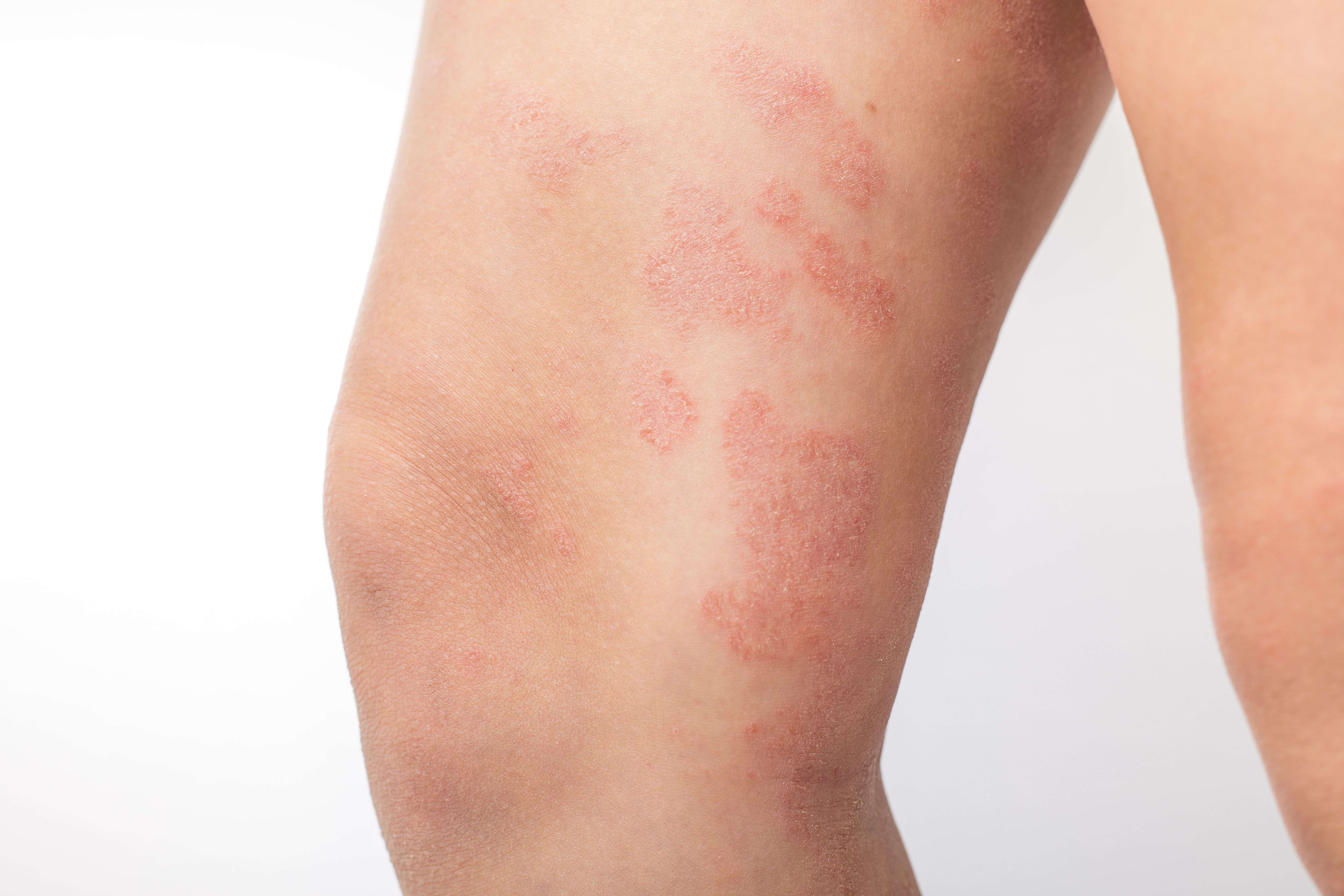- Acne
- Actinic Keratosis
- Aesthetics
- Alopecia
- Atopic Dermatitis
- Buy-and-Bill
- COVID-19
- Case-Based Roundtable
- Chronic Hand Eczema
- Chronic Spontaneous Urticaria
- Drug Watch
- Eczema
- General Dermatology
- Hidradenitis Suppurativa
- Melasma
- NP and PA
- Pediatric Dermatology
- Pigmentary Disorders
- Practice Management
- Precision Medicine and Biologics
- Prurigo Nodularis
- Psoriasis
- Psoriatic Arthritis
- Rare Disease
- Rosacea
- Skin Cancer
- Vitiligo
- Wound Care
News
Article
Dupilumab With Topical Corticosteroids Alleviates Clinical Symptoms of Pediatric Atopic Dermatitis
Author(s):
Researchers explored the efficacy of a multistep treatment strategy in a younger patient population.
The treatment combination of dupilumab and topical corticosteroids demonstrated significant efficacy in alleviating children with atopic dermatitis (AD) of clinical symptoms, according to a study published in Immunity, Inflammation, and Disease.
Since AD affects up to 20% of children worldwide, the researchers explained that a multistep strategy is needed to achieve the therapeutic goals of reducing pruritus and accomplishing disease control. The drugs primarily used to treat children with AD include topical emollients, glucocorticoids, calcineurin inhibitors, and oral antihistamines. They explained that, in particular, topical glucocorticoids are often the first-line treatment for children with AD, but long-term use of steroids over large areas of the skin can have adverse effects. Because of this, the researchers noted that another viable treatment option is needed.
A promising treatment that has emerged is dupilumab, a human immunoglobin G4 (IgG4) monoclonal antibody that blocks interleukin (IL)-4 and IL-13 signaling, which reduces the molecular mechanisms underlying type 2 inflammatory diseases. The researchers noted that multiple clinical trials have demonstrated the effectiveness of dupilumab plus topical corticosteroids in children with AD. Despite this, the evidence is not yet strong enough to make a solid judgment, as these clinical trials contained small sample sizes, variable results, and varied dosages. Because of this, they conducted a meta-analysis to evaluate the effectiveness of dupilumab plus topical corticosteroids in children with AD.
To do so, the researchers conducted a comprehensive literature search to identify relevant studies published between 2020 and 2022 within PubMed, Web of Science, and Embase by using keywords "dermatitis," "AD," "children," and "dupilumab" in conjunction with randomized controlled trials (RCTs).
Eligible studies included those involving children younger than 12 years with moderate to severe AD who had an insufficient response to local treatment or were unsuitable for local treatment. In the studies considered for inclusion, dupilumab was used as the intervention therapy, while placebo or any other therapy could be used as the control therapy. Studies being considered also needed to report an improvement in at least 1 of the following outcomes: the Eczema Area and Severity Index (EASI-90), the Children’s Dermatology Life Quality Index (CDLQI), the EASI-75, and an the Investigator’s Global Assessment (IGA).
The researchers used the Cochrane Handbook for Systemic Reviews of Interventions Risk of Bias Tool to rate the RCTs as having either high, low, or unclear bias; a trial was rated as having a high risk of bias if any aspect of randomization or blinding was deemed high risk. It assessed various types of bias, including reporting, attrition, performance, and detection.
Their initial search yielded 380 publications, which the researchers narrowed down to 3 studies that contained 896 eligible participants. All 3 studies were published between 2020 and 2022 and were randomized, double-blind, and placebo/placebo plus topical corticosteroids controlled. Also, the researchers determined that all studies had a low risk of bias since they did not identify any factors causing bias, including any evidence of damage to data integrity or selective reporting.
According to the pooled data, treating children with AD using a combination of dupilumab and topical corticosteroids significantly increased the number of IGA responders compared with placebo (mean difference [MD], 3.88; 95% CI, 1.54-9.82; P = .004). Compared with the placebo, the pooled analysis also showed that treating children with AD with dupilumab plus topical corticosteroids considerably enhanced EASI-75 responders (MD, 3.42; 95% CI, 1.70-6.86; P = .0006), EASI-90 responders (MD, 5.67; 95% CI, 3.15-10.19; P < .00001), and EASI-50 responders (MD, 2.51; 95% CI, 1.51-4.18; P = .0004).
Lastly, 2 studies reported CDLQI results involving children with AD who received topical corticosteroids and dupilumab doses of 100/200 mg once every 2 weeks (Q2W) and 300 mg once every 4 weeks (Q4W). According to subgroup analyses of both those receiving doses of 100/200 mg Q2W (standard mean difference [SMD], −9.77; 95% CI, −17.55 to −2.00) and those receiving 300 mg Q4W (SMD, −10.48; 95% CI, −18.82 to−2.15; P = .01), dupilumab significantly reduced the change in CDLQI score vs other therapies.
The researchers acknowledged their study’s limitations, one being that most of the included trials were only 16 weeks long. Consequently, the trials were unable to demonstrate long-term efficacy. Also, they noted that potential language bias may exist as they only considered RCTs published in English. Because of these limitations, the researchers encouraged future research to build upon their findings.
“The aforementioned findings need to be validated by high-quality, large-sample, long-term clinical trials owing to sample size and follow-up time limits,” the authors concluded.
Reference
Wang L, Wang SN, Zhang RL. Efficacy of dupilumab plus topical corticosteroids in children with atopic dermatitis: a meta-analysis of randomized controlled trials. Immun Inflamm Dis. 2024;12(1):e1133. doi:10.1002/iid3.1133
[This article was originally published by our sister publication, American Journal of Managed Care.]
Newsletter
Like what you’re reading? Subscribe to Dermatology Times for weekly updates on therapies, innovations, and real-world practice tips.












